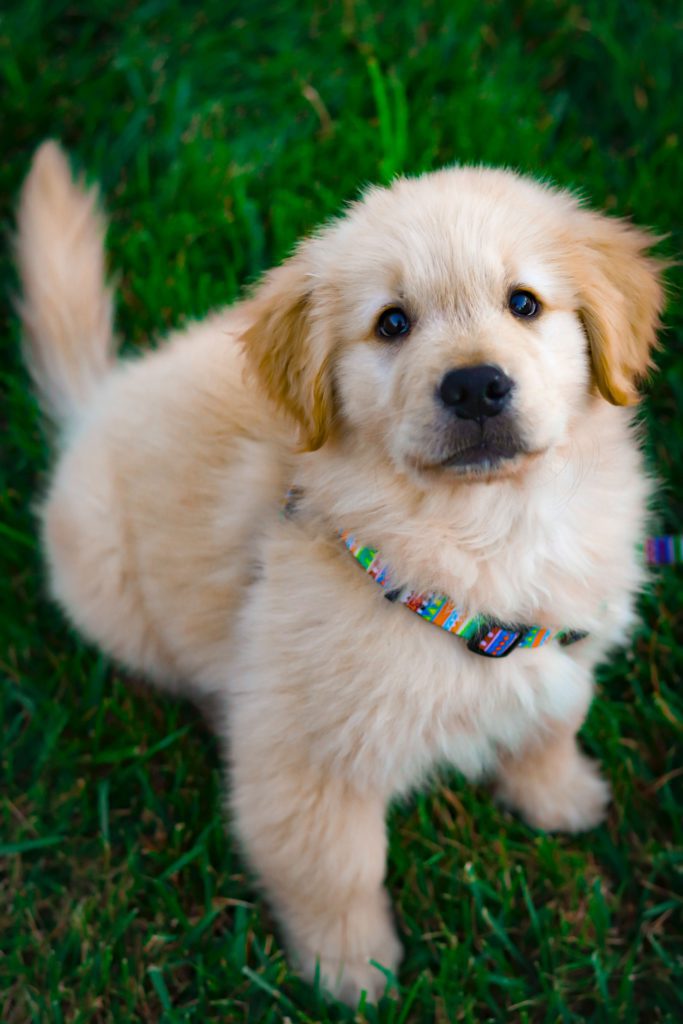8 Secrets to Success: Toilet Training Your Puppy
Toilet training your new puppy is an essential step in raising a happy and well-behaved companion. It’s important to start training as early as possible, as puppies have a small bladder and need frequent toilet breaks. While the process can be frustrating and time-consuming, it’s crucial to be patient and consistent with your training approach. By keeping in mind these 8 secrets to a successfully toilet-trained puppy, you can make toilet training easier and set your puppy up for success in the future.
1. Develop a consistent routine
Consistency is the key to success when it comes to toilet training. You need to develop a consistent routine for your puppy, including regular naps, playtime, meals, and toilet breaks. Keeping your pup on a regular feeding schedule can help you predict when they need to go to the toilet, making it easier to plan their potty breaks. Make sure you take your puppy out for a potty break immediately after naps or at nighttime.
Puppies have small bladders, so it’s important to take them out regularly during the day. Try taking them out every hour to see if they need to go to the toilet. As they build up strength in their bladder, you can use the one-hour-per-month rule of thumb. For example, a four-month-old puppy should be able to hold their bladder for up to four hours.


2. Create a designated spot for them to go to the toilet
It’s important to have a designated spot for your puppy to go to the toilet. This could be a specific area of your garden, or, if in an apartment, a grass patch on your patio or a pee-pad inside. Take your puppy to this same place every time you take them to the toilet, this will help them associate the spot with the action of going to the toilet.
3. Develop a cue word
Using a consistent cue word when you take your puppy to their designated toilet spot can help them associate the word with the action of going to the toilet. You could use a word like “potty” or “toilet.” Repeat the word every time you take your puppy out to go to the toilet, and eventually, they’ll associate the word with the action.
4. Positive reinforcement
When your puppy successfully goes to the toilet in their designated spot, make sure you reward them with praise or a treat. This positive reinforcement will help them understand that going to the toilet in the right spot is a good thing.
5. Never discipline or scold them for their accidents


Accidents are going to happen when you’re toilet training your puppy. It’s crucial not to scold or punish them when they have an accident inside. If they have an accident inside, clean it up thoroughly as dogs often associate where to go to the toilet with the smell of urine or faeces. Cleaning up your puppy’s messes outside is important, as a dirty toilet area may discourage them from going outside to do their business.
To avoid accidents happening inside, it’s beneficial to be aware of the signs of needing to go to the toilet such as circling around or sniffing the floor or walls. If you observe your puppy showing signs of needing to eliminate, promptly divert their attention by calling their name, and guiding them to the designated area. Commend and reward them generously when they successfully use the correct spot.
6. Ensure they have a suitable diet
Your puppy’s diet can also play a role in their toilet training. A diet that doesn’t suit them may cause upset stomachs or difficulty digesting, making it hard to determine a consistent toilet schedule. A great way to ensure your puppy is getting fresh and healthy nutrition into their diet and easing digestion is by using Perfect Bowl as a topper on their puppy food. Check out our range of fresh and healthy meals here.
7. Nighttime essentials
At nighttime, don’t feed your puppy too late, and give them a chance to have a little play before bedtime. Movement can stimulate their digestive system and encourage them to go to the toilet. Consider using a crate as a way to keep your puppy safe and avoid them wondering at night, which may lead to accidents in unwanted places.
8. Use a crate
Crates are a great way to toilet train your puppy. Make sure the crate is big enough for your dog to move around a bit (sit, stand, and turn around) but not big enough that they will select a place in their crate where they go to the toilet. Puppies do not like to soil in their sleeping area, which is why a crate can be a great option. The crate should be a safe place for your pup, not a punishment.


Toilet training your puppy can seem like a daunting task, but with the right approach, it can be a simple and rewarding experience. Remember to be patient and avoid punishing your puppy for accidents. By following these tips, you can help your furry friend become a well-behaved and happy member of your household.








